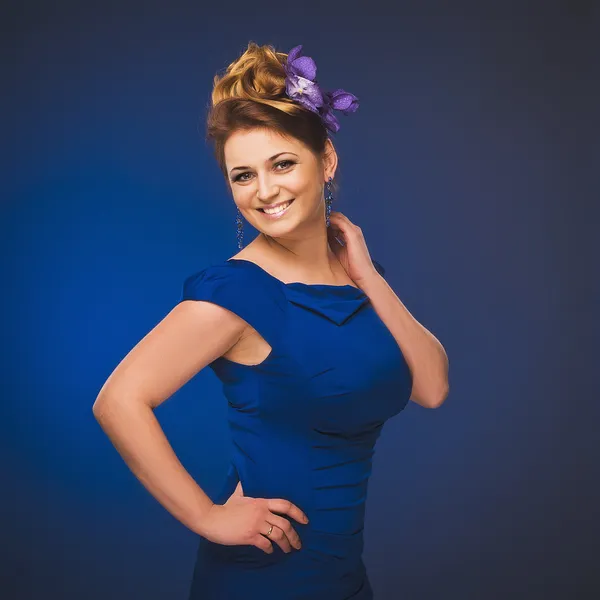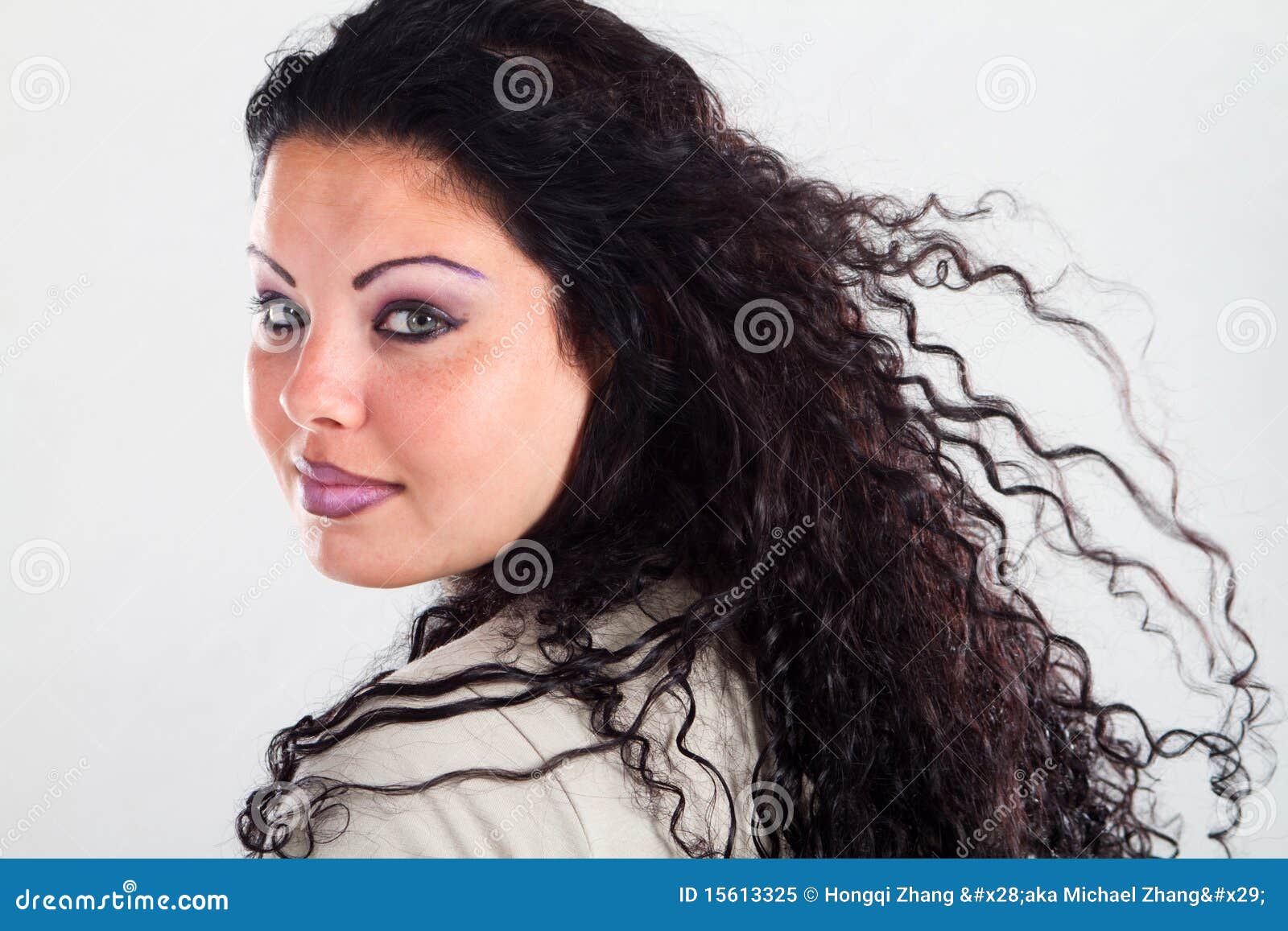The world of fashion is evolving, and the rise of plus size model women is a testament to this transformation. For decades, the fashion industry has been dominated by a narrow definition of beauty, leaving many women feeling excluded. Today, the emergence of plus size models is challenging these outdated norms and creating a more inclusive environment. As society begins to embrace diverse body types, the demand for plus size models is growing, paving the way for a more representative fashion industry.
Plus size model women are not just models; they are trailblazers who are reshaping the way we perceive beauty. Their presence in the industry is a powerful statement that beauty comes in all shapes and sizes. By challenging traditional beauty standards, these models are inspiring women worldwide to embrace their unique bodies and celebrate their individuality.
This article explores the rise of plus size models, their impact on the fashion industry, and the challenges they face. We will delve into the history of plus size modeling, discuss the importance of body positivity, and highlight the achievements of some of the most influential plus size models. By the end of this article, you will have a comprehensive understanding of why plus size model women are crucial to the future of fashion.
Read also:Jake Gyllenhaal With Glasses A Deeper Look At The Actors Style And Persona
Table of Contents:
- The History of Plus Size Modeling
- The Impact of Plus Size Models on the Fashion Industry
- The Role of Body Positivity in Fashion
- Challenges Faced by Plus Size Models
- Plus Size Models in Fashion Week
- Brands Supporting Plus Size Models
- Biography of Influential Plus Size Models
- Representation in Media
- Statistics and Trends in Plus Size Modeling
- The Future of Plus Size Modeling
The History of Plus Size Modeling
The history of plus size modeling dates back to the early 20th century, when the fashion industry began to recognize the need for clothing designed for larger body types. Initially, these models were referred to as "stout models" and were primarily used for catalogues and advertisements targeting women who did not fit the conventional size standards.
Evolution of Plus Size Modeling
Over the years, the concept of plus size modeling has evolved significantly. In the 1990s, models like Emme and Bethann Hardison brought attention to the lack of diversity in the industry and advocated for greater representation. Their efforts laid the groundwork for the modern plus size modeling movement, which gained momentum in the 2000s with the rise of social media and digital platforms.
Today, plus size modeling is a thriving sector of the fashion industry, with models achieving international recognition and breaking barriers in high fashion.
The Impact of Plus Size Models on the Fashion Industry
Plus size models have had a profound impact on the fashion industry, challenging traditional beauty standards and promoting inclusivity. By showcasing diverse body types on runways and in campaigns, these models are changing the narrative of what it means to be beautiful.
Breaking Stereotypes
- Plus size models are breaking down stereotypes about body size and beauty.
- They are proving that fashion is for everyone, regardless of size or shape.
- Brands that embrace plus size models are seeing increased consumer engagement and loyalty.
The Role of Body Positivity in Fashion
Body positivity is at the heart of the plus size modeling movement. This movement encourages individuals to love and accept their bodies, fostering a more inclusive and supportive community. Plus size models are instrumental in promoting body positivity, using their platforms to advocate for self-acceptance and self-love.
Read also:What Socks To Wear With Converse A Comprehensive Guide To Elevate Your Style
Empowering Women
Through their work, plus size models empower women to embrace their bodies and challenge societal norms. They inspire confidence and self-esteem, encouraging women to see themselves as beautiful and worthy.
Challenges Faced by Plus Size Models
Despite the progress made in recent years, plus size models still face numerous challenges in the fashion industry. These challenges include limited opportunities, size discrimination, and outdated perceptions about beauty.
Overcoming Obstacles
- Plus size models must often navigate a industry that prioritizes traditional beauty standards.
- They face criticism and scrutiny from both the media and the public.
- However, their resilience and determination continue to drive change and inspire others.
Plus Size Models in Fashion Week
The inclusion of plus size models in fashion week events marks a significant milestone in the evolution of the fashion industry. These models are breaking barriers by walking the runway alongside their smaller-sized counterparts, proving that beauty knows no boundaries.
Key Moments in Fashion Week
Some of the most memorable moments in fashion week history include the debut of plus size models in high-profile shows and campaigns. These moments have helped to normalize diverse body types in the fashion world and inspire future generations of models.
Brands Supporting Plus Size Models
Several brands have emerged as leaders in the plus size fashion movement, actively supporting and promoting plus size models. These brands recognize the importance of inclusivity and are committed to creating clothing that caters to all body types.
Leading Brands
- Brands like Lane Bryant, ASOS Curve, and Target have been at the forefront of the plus size fashion movement.
- They collaborate with plus size models to create campaigns that celebrate diversity and body positivity.
- These brands are setting an example for the rest of the industry to follow.
Biography of Influential Plus Size Models
Several plus size models have made significant contributions to the fashion industry, using their platforms to promote inclusivity and body positivity. Below is a brief biography of some of the most influential plus size models:
Data and Biodata
| Name | Birthdate | Place of Birth | Notable Achievements |
|---|---|---|---|
| Ashley Graham | May 3, 1988 | Lincoln, Nebraska, USA | First plus size model to appear on the cover of Sports Illustrated Swimsuit Issue |
| Marquita Pring | January 16, 1974 | Atlanta, Georgia, USA | Pioneering plus size model who paved the way for future generations |
| Paloma Elsesser | March 26, 1992 | Los Angeles, California, USA | Featured in major fashion campaigns and editorials |
Representation in Media
The representation of plus size models in media is crucial for promoting inclusivity and diversity. Media platforms play a significant role in shaping public perception, and the inclusion of plus size models in mainstream media is helping to normalize diverse body types.
Impact of Media Representation
By featuring plus size models in magazines, television shows, and films, media outlets are contributing to a more inclusive and representative society. This representation is essential for challenging stereotypes and promoting body positivity.
Statistics and Trends in Plus Size Modeling
Data and statistics provide valuable insights into the growth and impact of plus size modeling. According to a report by Statista, the global plus size fashion market is expected to reach $378 billion by 2026, reflecting the increasing demand for inclusive fashion.
Key Trends
- The rise of digital platforms has created new opportunities for plus size models to showcase their work.
- Social media influencers are playing a significant role in promoting body positivity and inclusivity.
- Consumers are increasingly demanding more diverse representation in fashion advertising.
The Future of Plus Size Modeling
The future of plus size modeling looks promising, with continued growth and increasing acceptance in the fashion industry. As society becomes more inclusive and diverse, the demand for plus size models is expected to rise, paving the way for a more representative and equitable industry.
Innovations in Plus Size Fashion
Innovations in technology and design are driving the plus size fashion industry forward, with brands investing in sustainable and inclusive collections. The future of plus size modeling is bright, with endless possibilities for growth and expansion.
Kesimpulan
The rise of plus size model women is a testament to the evolving nature of the fashion industry and society's changing perceptions of beauty. These models are breaking barriers, challenging stereotypes, and promoting inclusivity, making a lasting impact on the world of fashion. By embracing diverse body types, the industry is becoming more representative and equitable, setting the stage for a brighter future.
We invite you to join the conversation by leaving a comment or sharing this article with others. Together, we can continue to promote body positivity and inclusivity in the fashion industry. Stay tuned for more articles on this topic and explore the world of plus size modeling further.


